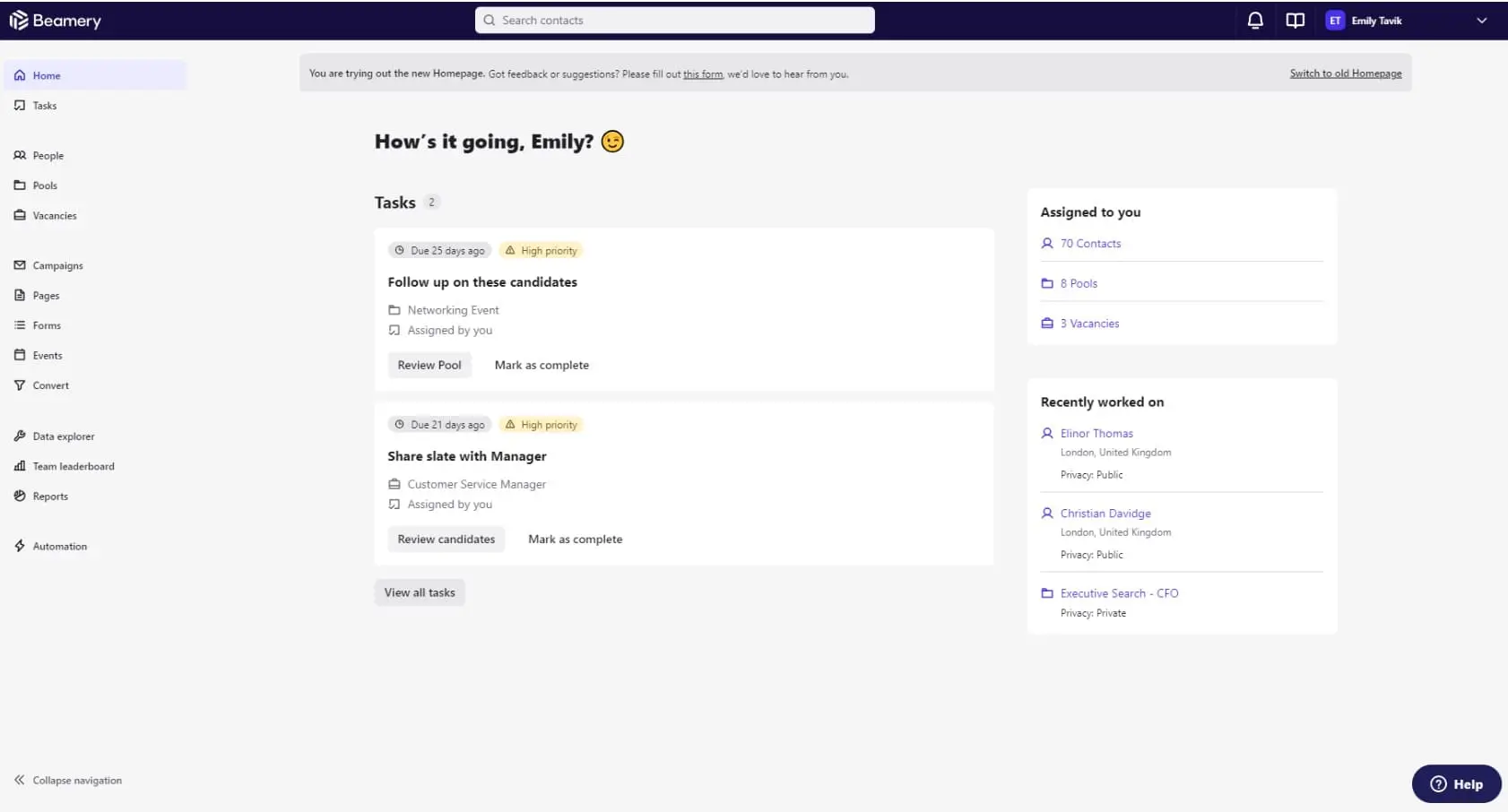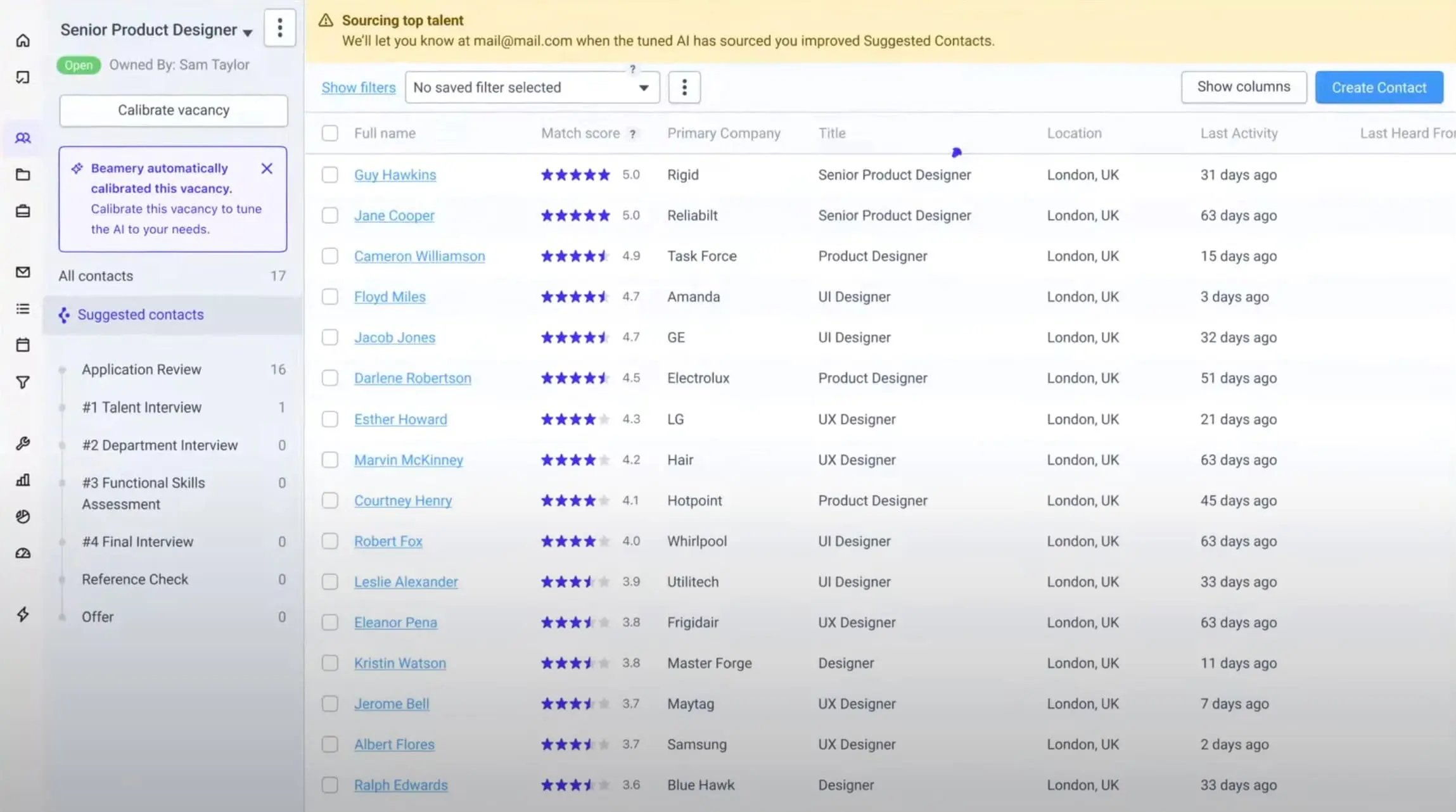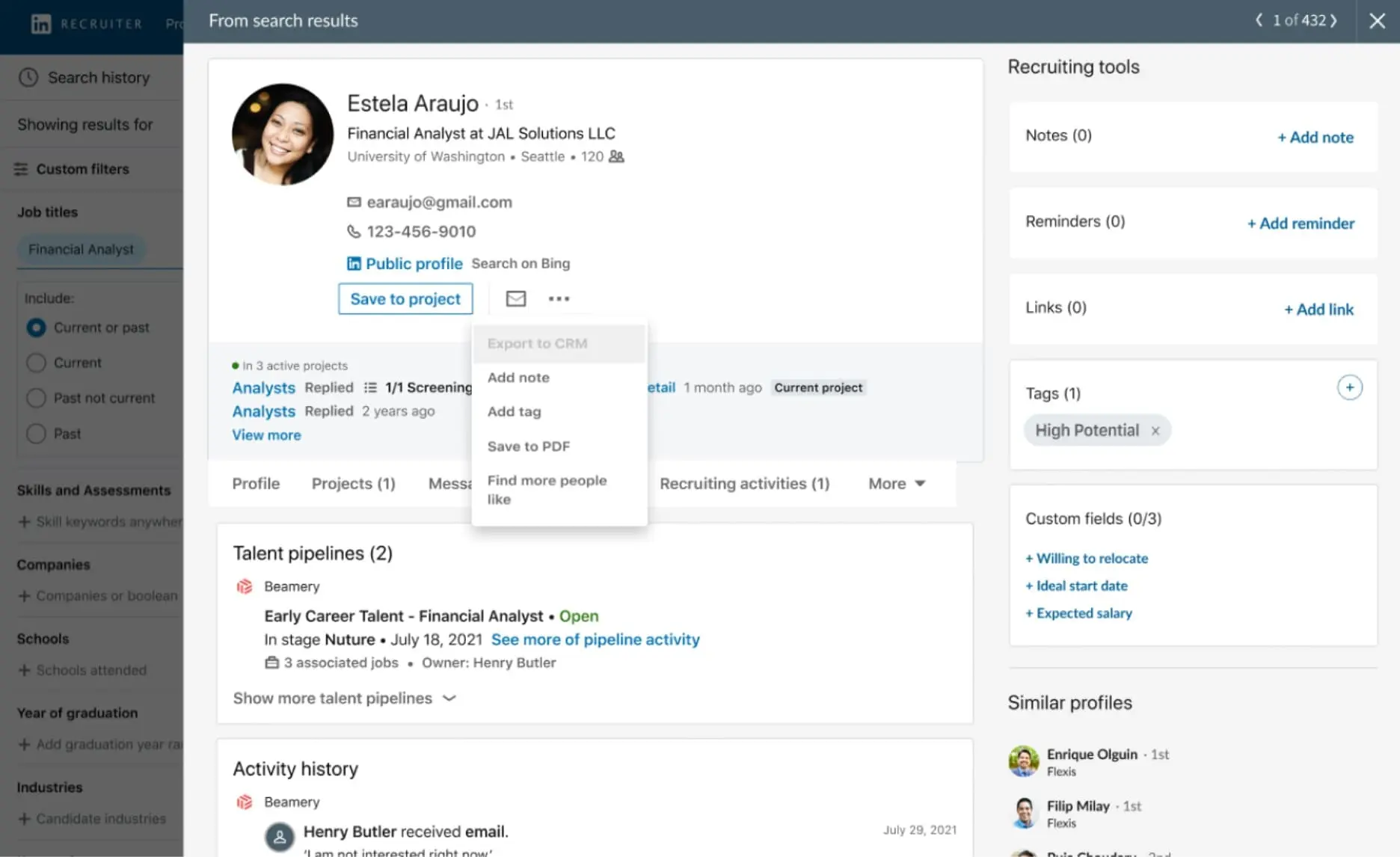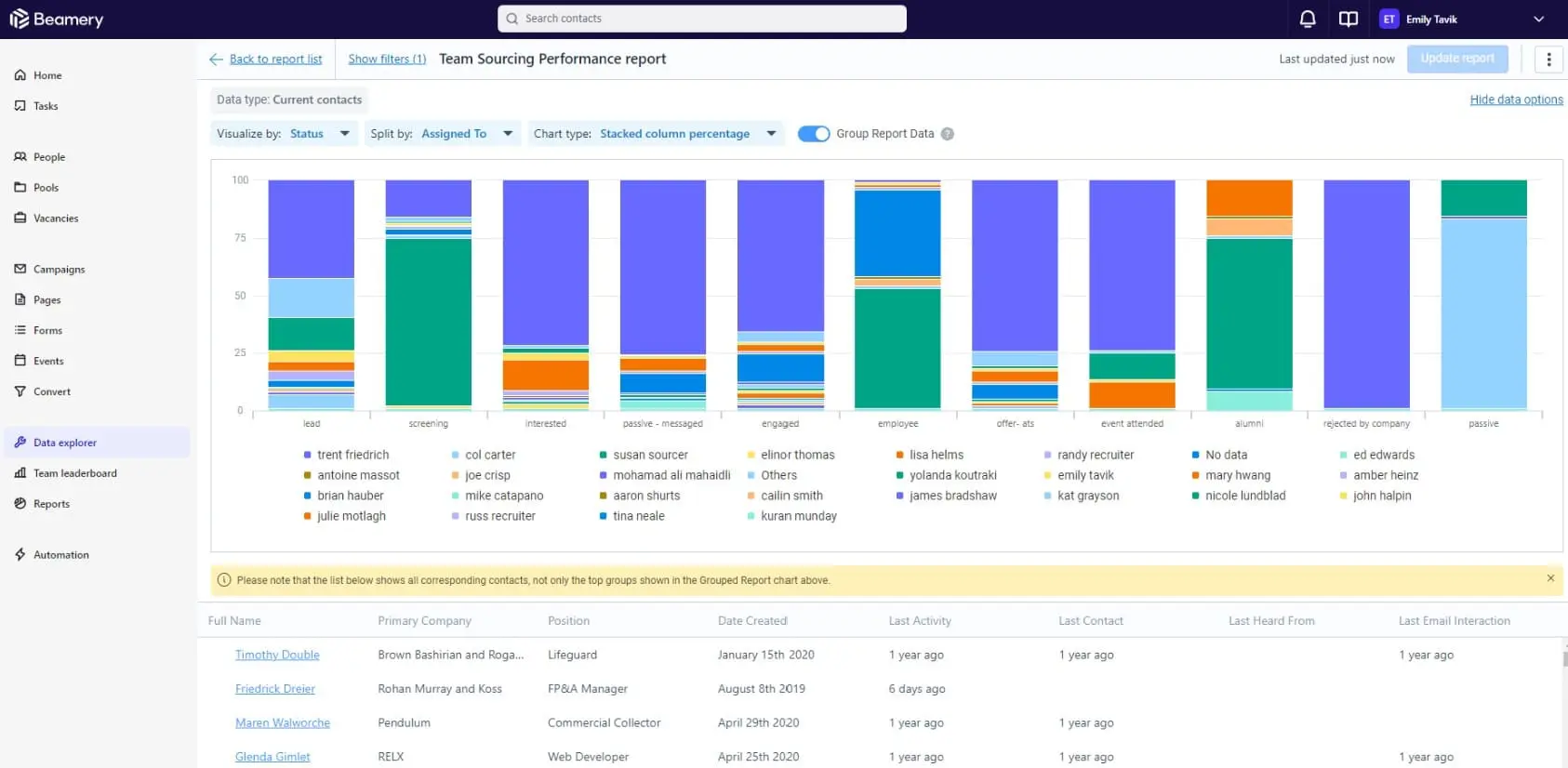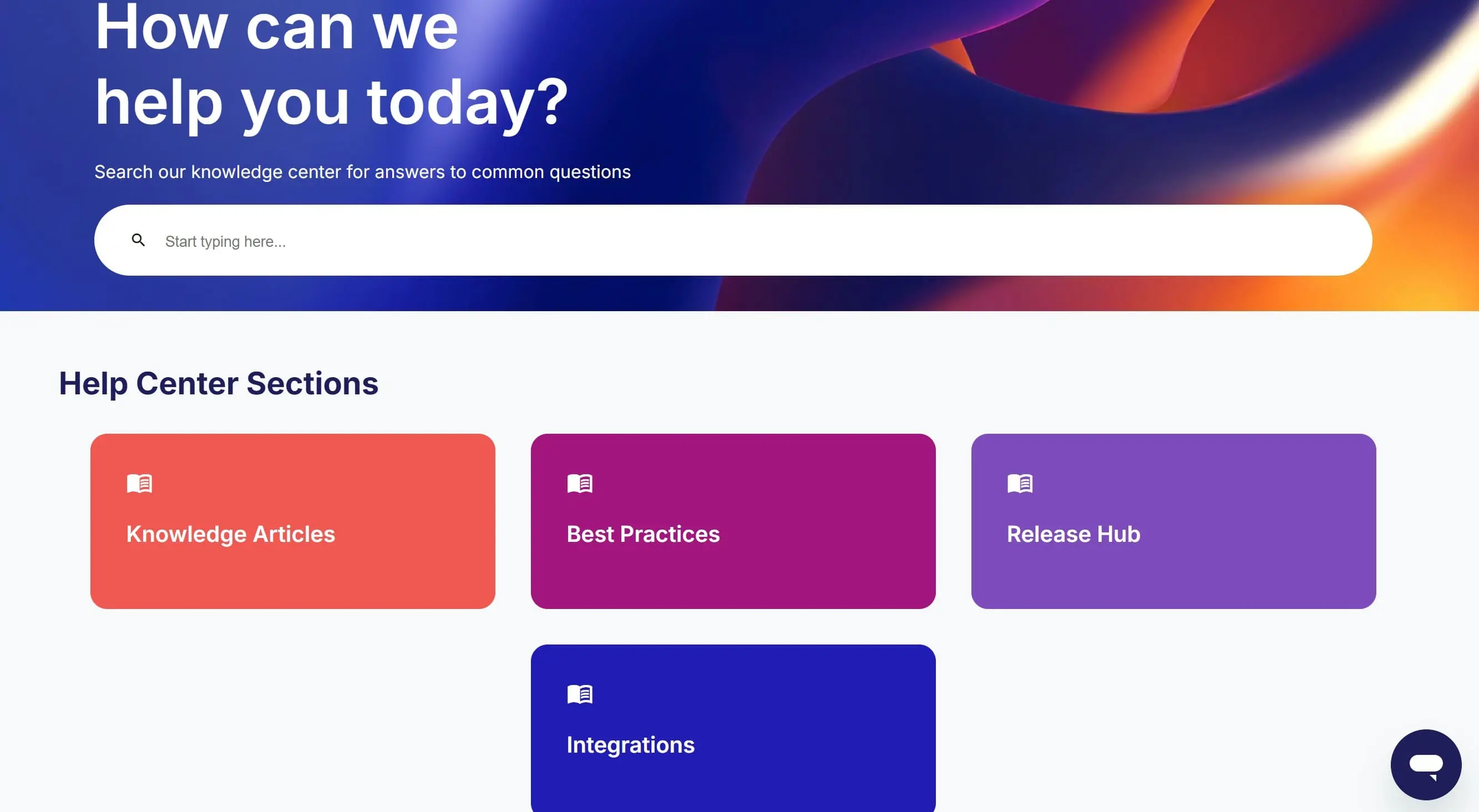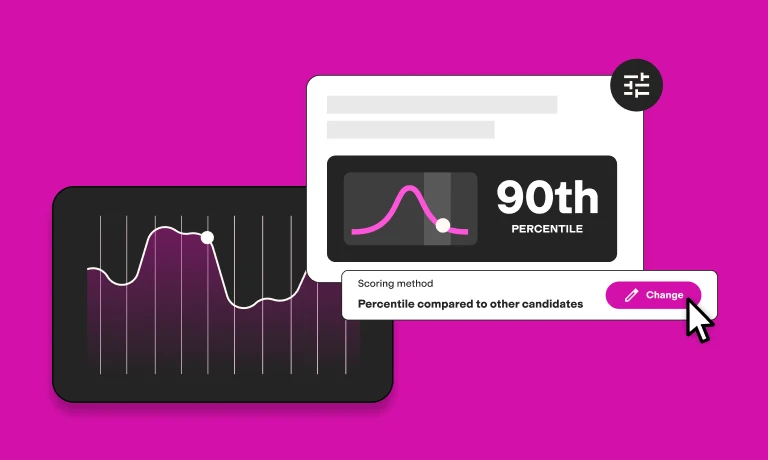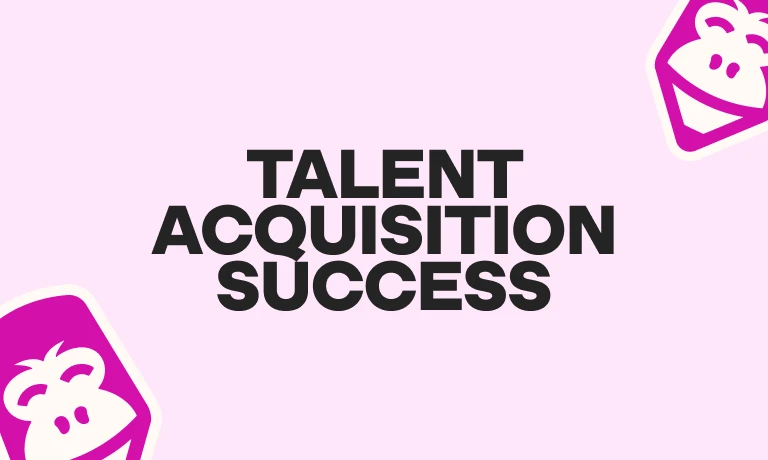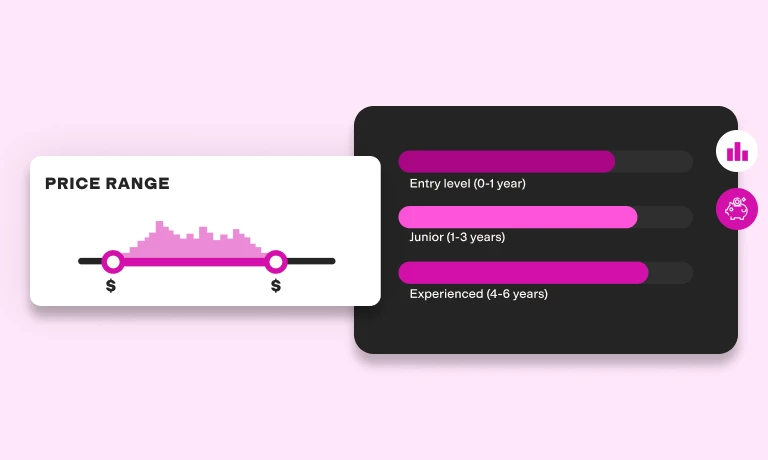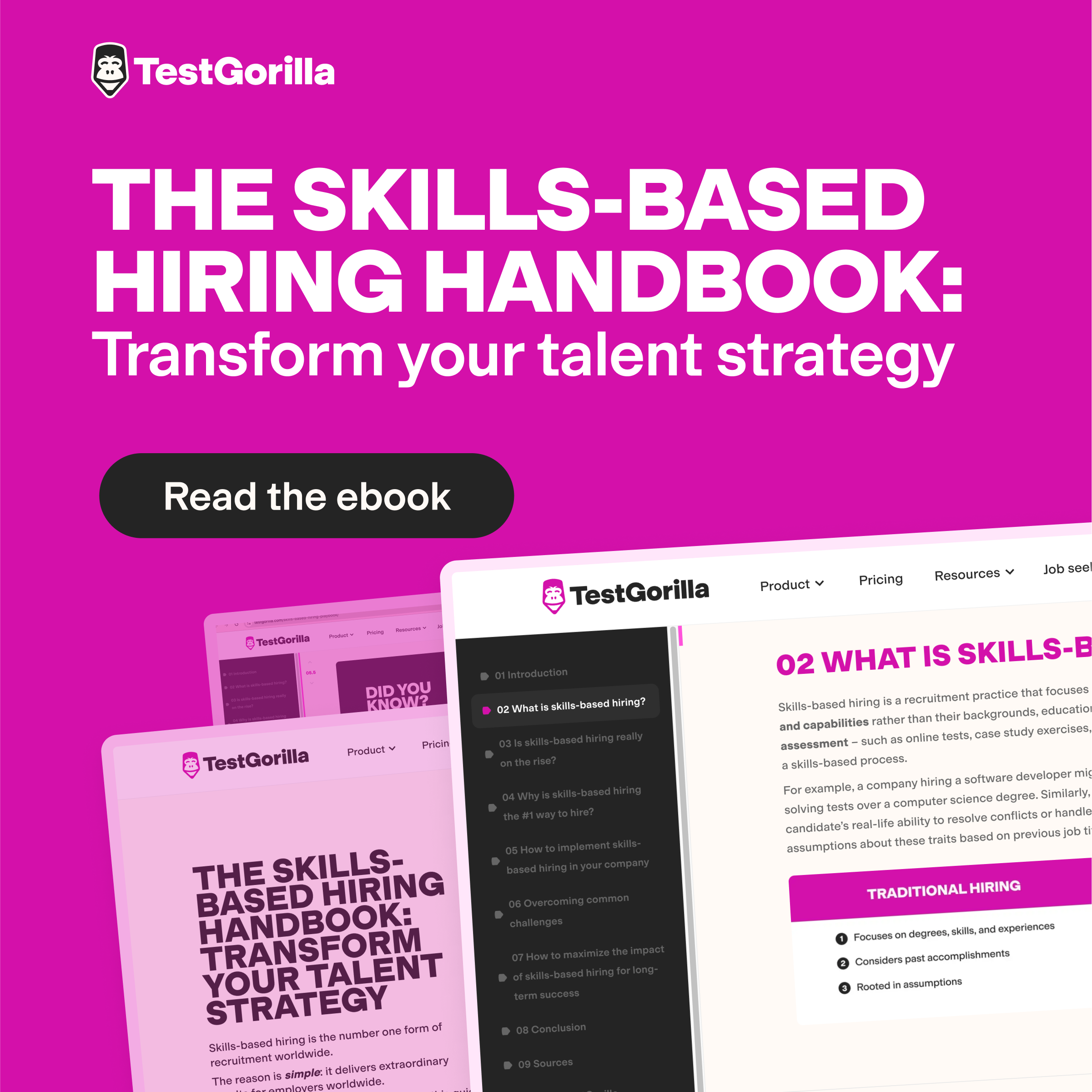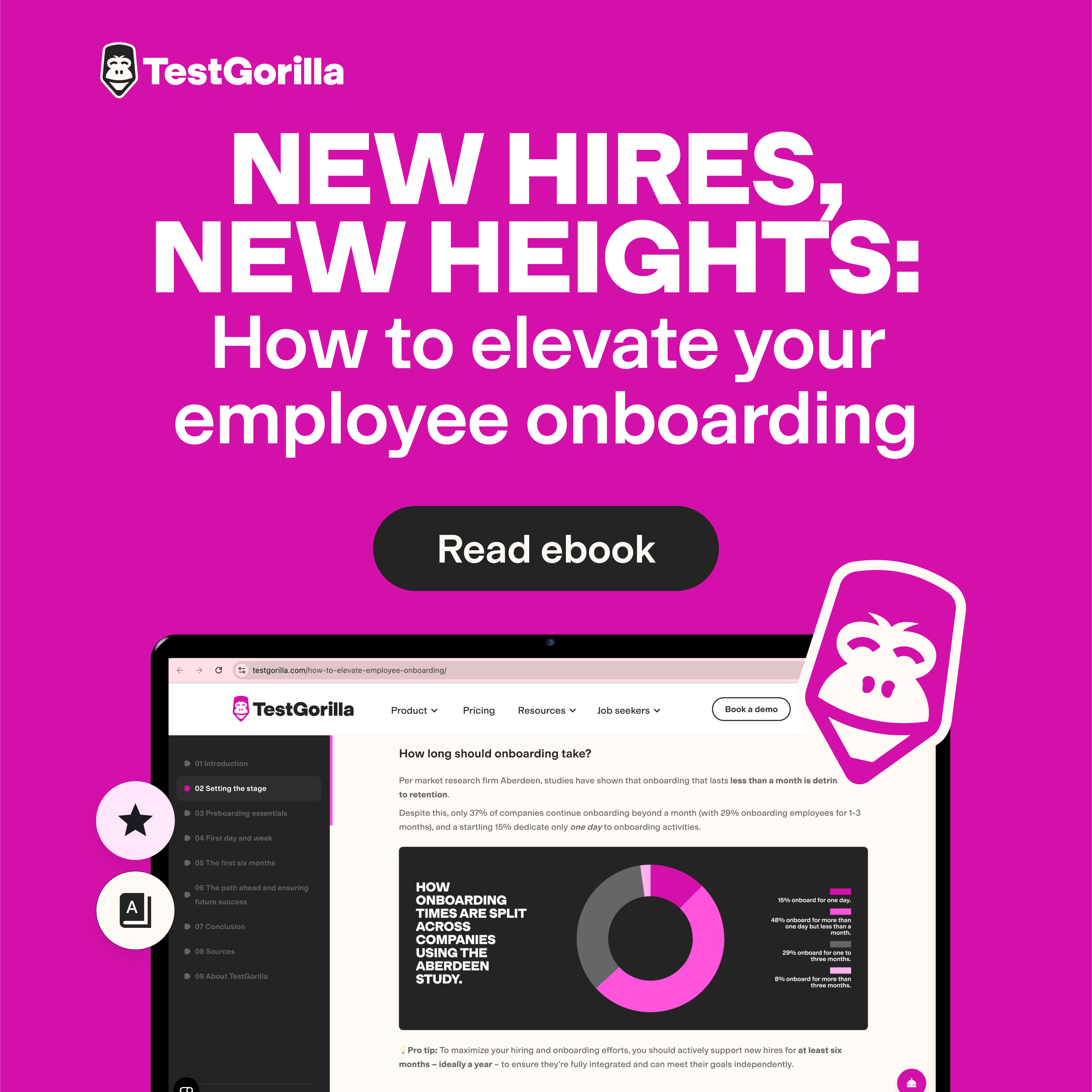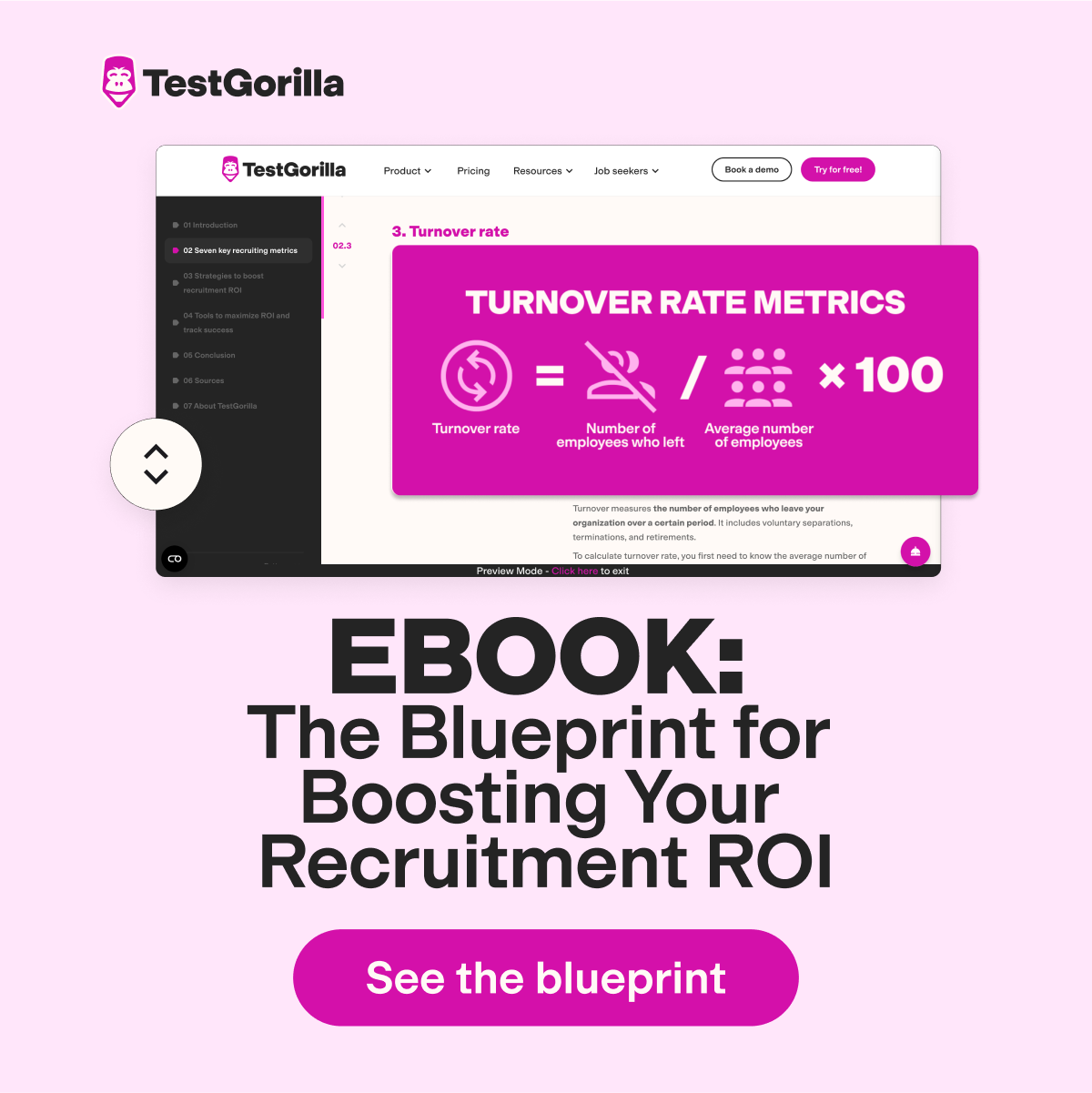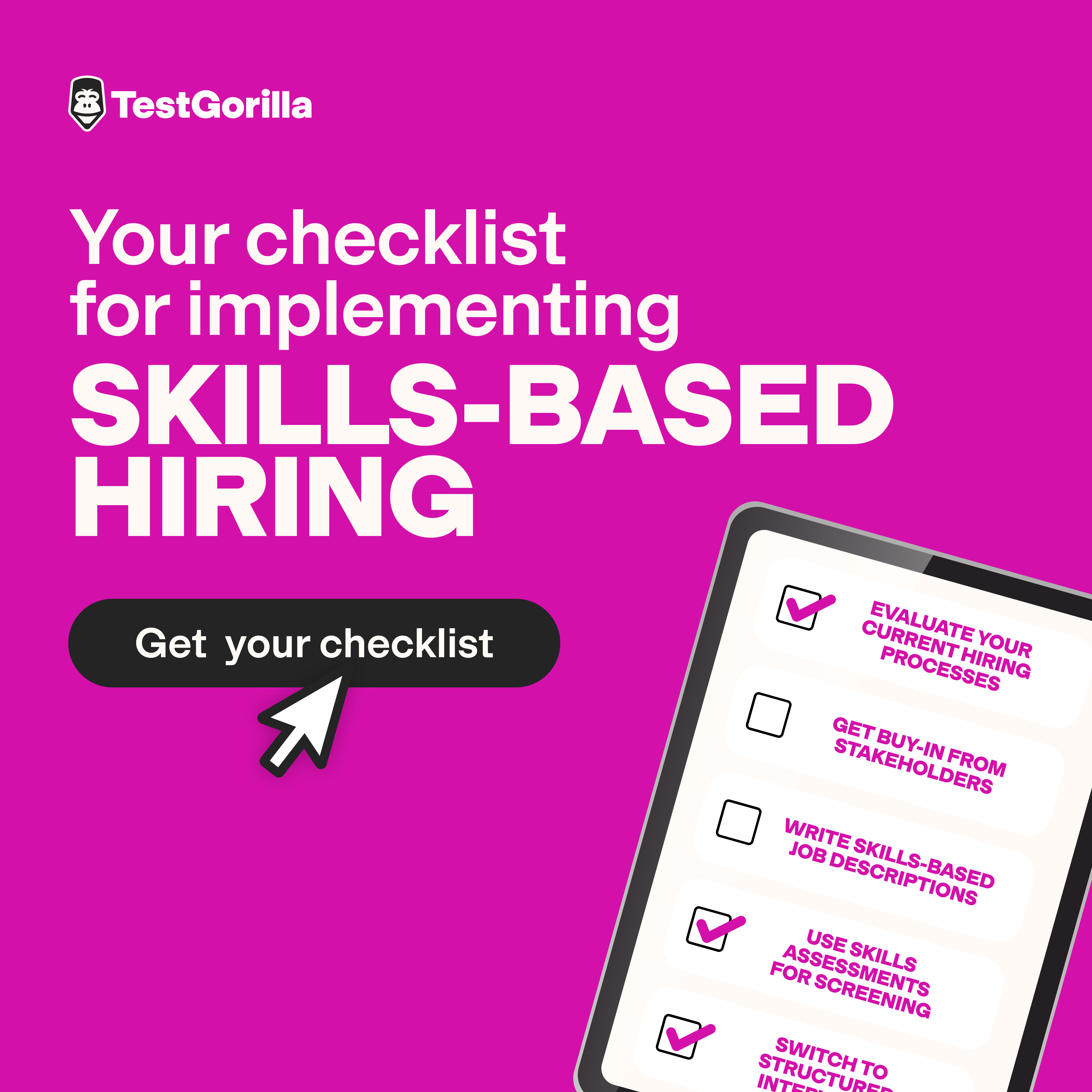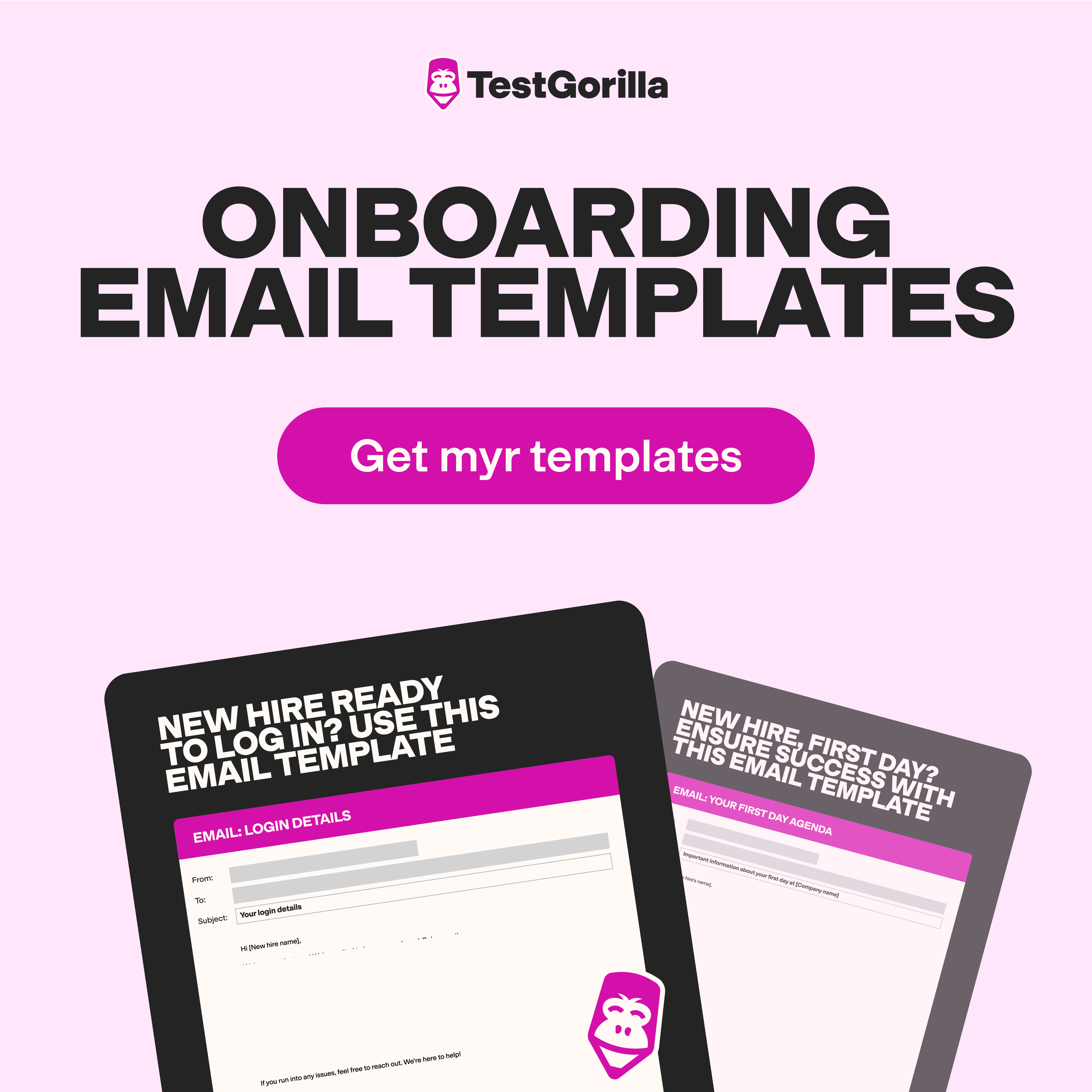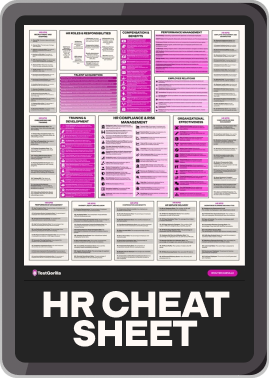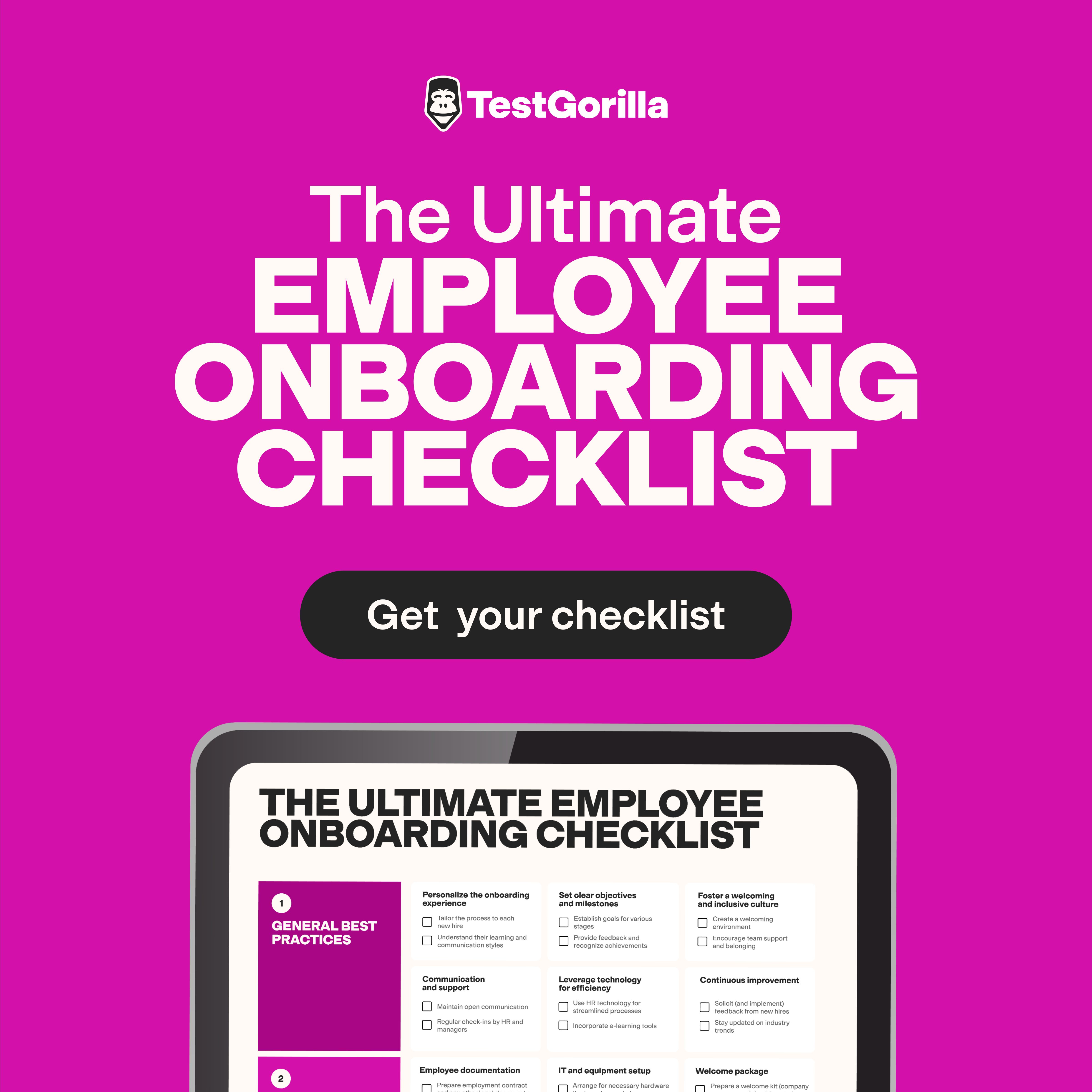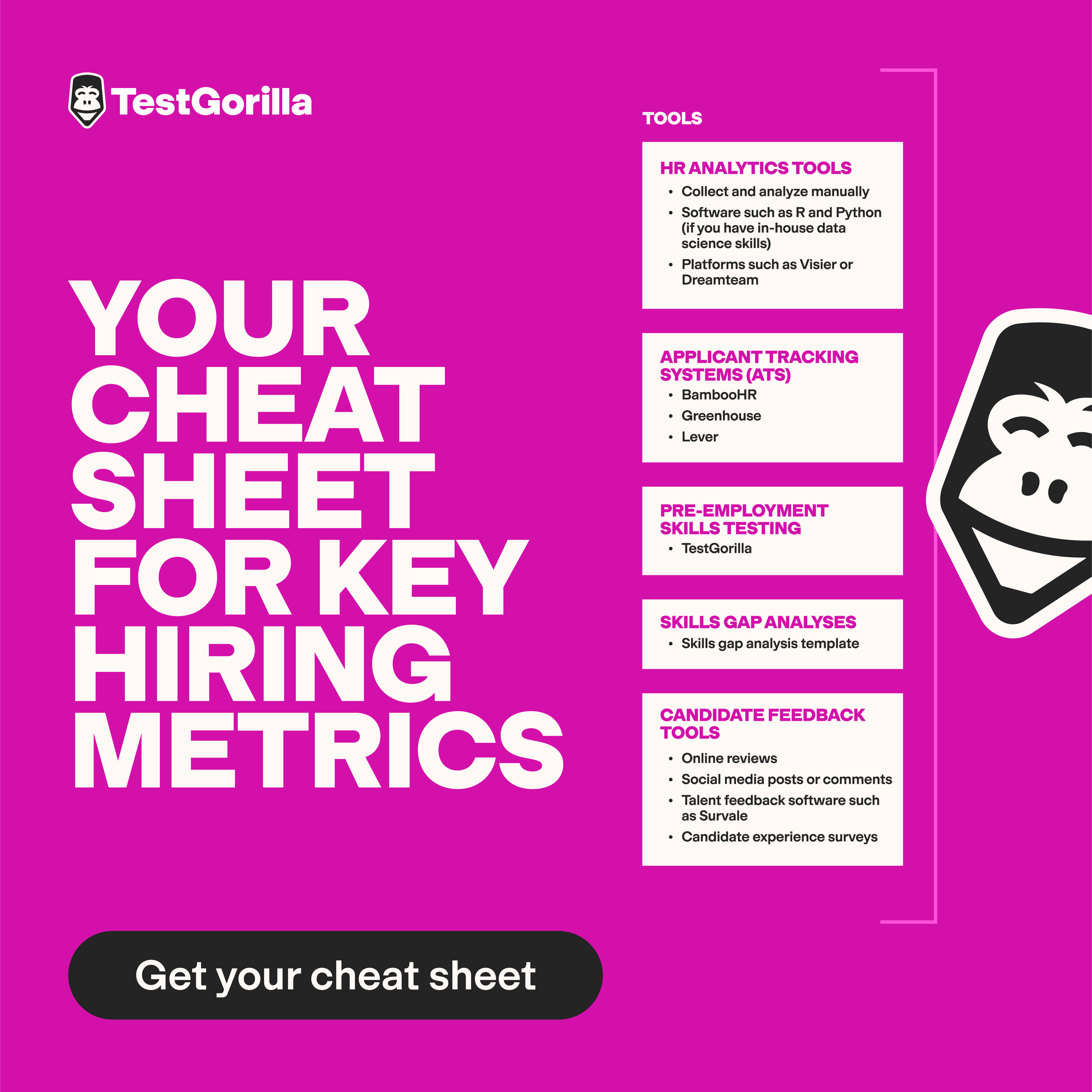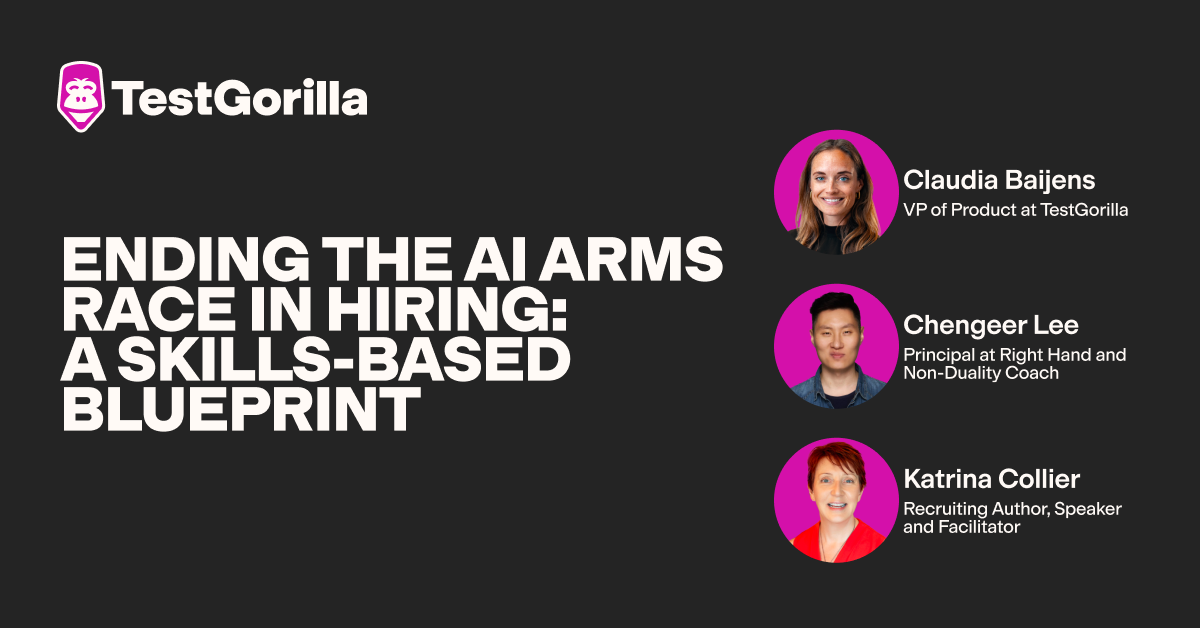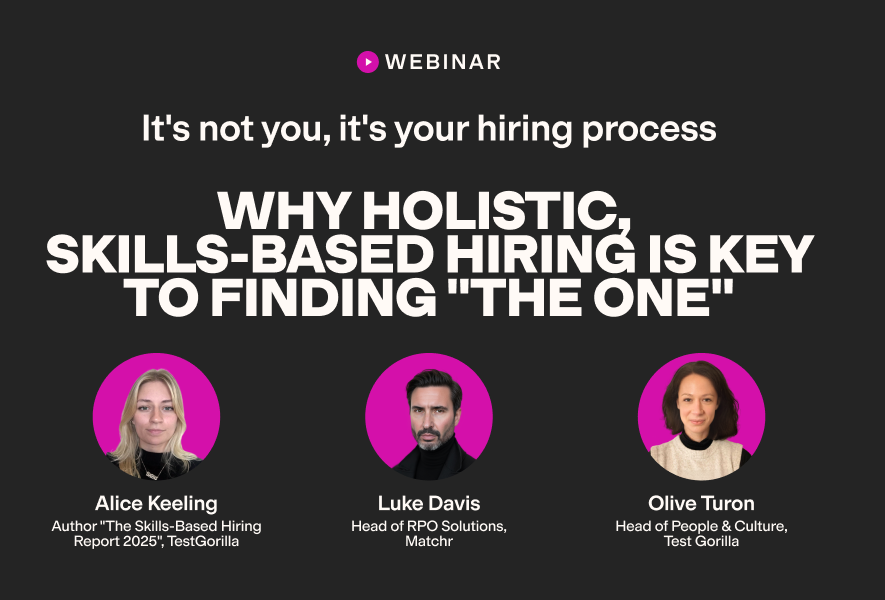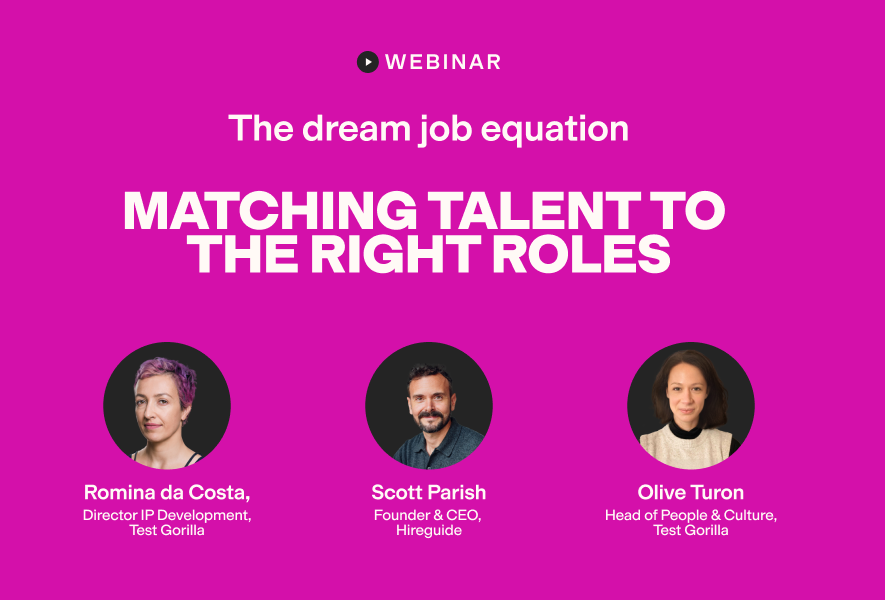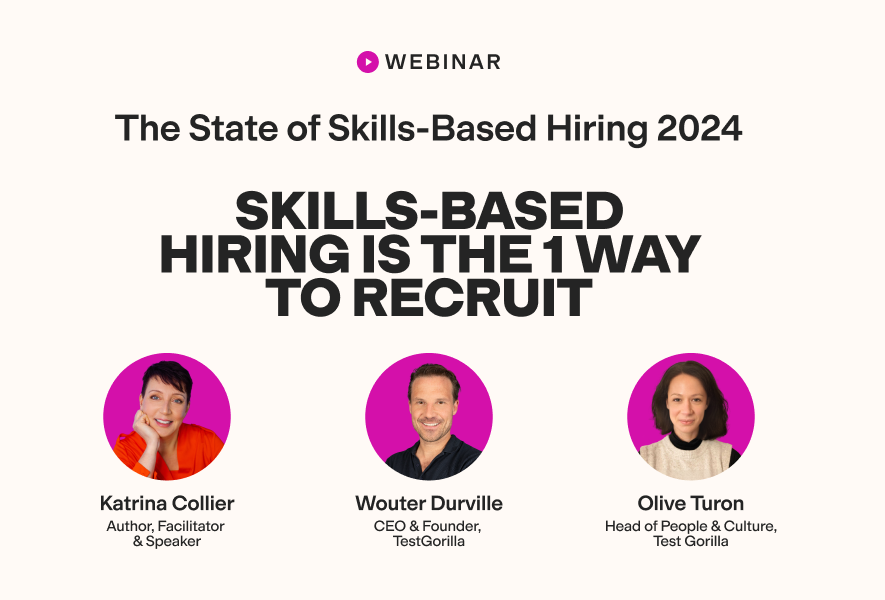Beamery review: Pricing, features, pros, and cons (+ a better alternative)
Verdict: Beamery is an enterprise-scale talent lifecycle management platform that includes tools to help users source and hire candidates for open roles. The platform centers around Talent CRM, a customer relationship management-like database of a company’s past applicants and employees. Talent CRM can be used to find strong matches for any role and reach out via email, SMS, or LinkedIn.
Beamery offers handy features like automated candidate engagement and collaboration tools that enable hiring teams to weigh in on candidates. However, it has limited support for outbound candidate sourcing.
Beamery also isn’t transparent about its pricing. The company didn’t respond to repeated requests I made for a demo and pricing details.
I wish the platform had more of an emphasis on candidate skills, as I believe the most effective talent sourcing software puts skills first. TestGorilla offers a much more skills-focused approach, using science-backed assessments to help you find the best candidates for your role.
Table of contents
Key features:
Talent CRM: Beamery creates a custom database of potential candidates for your role using your company’s past job applicants and alumni.
AI talent scoring: A certified bias-free AI model scores candidates based on their fit for your role.
Automated engagement: Beamery automatically sends personalized emails, text messages, and LinkedIn messages to candidates to encourage them to apply for your role.
Advanced reporting: An advanced analytics dashboard lets you slice and filter your candidate data to find ways to improve your hiring process.
Pros ✅ - Uses your company’s past job applicants and alumni for hiring - Straightforward, streamlined user interface - Integrates with popular ATS systems and LinkedIn - Helpful collaboration tools to engage your whole hiring team - AI scoring model undergoes third-party bias audits | Cons ❌ - Sales team didn’t respond to demo request - No transparent pricing - Requires a large database of past applicants and employees |
Beamery pricing
Beamery’s website doesn’t offer pricing information. I reached out to the company several times to get this information and never heard back.
Online sources indicate that Beamery starts at around $900/user/year, but what that price includes is unclear. The cost for accessing all of Beamery’s talent management, hiring, and AI features is likely much higher. One source puts the cost for comprehensive plans at $220,000–$580,000 per year. At that price point, Beamery would be suitable only for enterprise-scale companies with thousands of employees and hundreds of annual new hires.
It’s also worth pointing out that Beamery doesn’t offer a free trial. You can request a demo, although I never got a response when I reached out for one.
TL;DR: Beamery isn’t transparent about its pricing and didn’t respond when I reached out for a quote.
Beamery: User interface
Since Beamery doesn’t offer a trial and the company didn’t respond when I reached out for a demo, I leaned on the company’s videos and support resources – plus customer reviews – to explore the user interface.
Based on what I saw, it’s modern and uncluttered. The various modules are organized into a simple navigation menu, and I like that Beamery visually distinguishes the Talent CRM, marketing tools, and reporting features with clear labels and icons.
Beamery’s dashboard offers an uncluttered view of your tasks, emails, and recent projects.
I also liked the look of Beamery’s dashboard. An AI-powered assistant highlights tasks with upcoming deadlines, reminds you about emails you need to respond to, and more. It feels like a helpful way to keep track of work, and Beamery offers notifications and alerts if you prefer that more traditional approach.
The tools are fairly self-explanatory. For example, when you need to add a new candidate to your CRM, there’s a simple “Add Contact” button and a pop-up form you can use to enter data. Editing a candidate’s information involves simply clicking on the candidate and selecting the edit option.
That said, some aspects of Beamery – such as creating automations – are more complex. One user noted that “the platform can occasionally feel overwhelming due to the number of features and options.”
When you’re ready to hire, Beamery automatically syncs open roles from your applicant tracking system (ATS) or HR information system (HRIS). I like that you can easily customize your job description and add required and nice-to-have skills. You can also invite your entire hiring team to collaborate on the job description, which makes for a more transparent hiring process.
TL;DR: Beamery’s user interface is modern and streamlined, and the platform’s AI helps you manage work.
The best insights on HR and recruitment, delivered to your inbox.
Biweekly updates. No spam. Unsubscribe any time.
Beamery: Talent sourcing features
Below, I explore Beamery’s features for talent sourcing, which help you recruit and evaluate candidates for open roles. Note that talent sourcing is just one piece of Beamery’s larger toolset for talent lifecycle management.
Talent CRM
The core feature Beamery offers for talent sourcing is a CRM-like solution called the Talent CRM. Essentially, it provides a database of potential candidates you can consider and invite to apply for open roles. Each individual’s profile contains detailed information about their skills, past work experience, seniority, location, and more.
Beamery’s Talent CRM offers a searchable database of candidates sourced mainly from your company’s past job applicants and employees.
While other sourcing platforms offer their own built-in candidate databases, Beamery builds a custom database for your business using data on past job applicants and employees who’ve moved on from your company, which I found interesting. This means that your business has interacted with most of the individuals in your CRM at some point – you’re not reaching out completely cold.
However, it also means that you need a database of past job applicants and employees to use Beamery effectively. If your company doesn’t have this, you’ll miss out on a lot of the value that Beamery offers.
The Talent CRM is adaptable to most roles your company might need to hire for. You can quickly filter candidates according to the demands of your role, and Beamery’s AI automatically scores candidates on a 0–5 scale to help you identify potentially strong matches.
External candidate sourcing
While the Talent CRM primarily includes past job applicants and employees, Beamery also enables you to source external candidates your company hasn’t previously interacted with. There are two main pathways for external candidate sourcing.
If you have a connected ATS, you can share your job description on job boards and accept applications. These will be synced to Beamery, which automatically creates profiles for each candidate to add to the platform’s CRM. Beamery uses AI to read resumes and CVs, enabling the platform to extract candidate details.
The LinkedIn Connect browser extension enables you to add candidate profiles to your CRM with a click. I like this feature because it automatically captures candidates’ job experiences, self-reported skills, and years of experience. It also downloads a candidate’s resume if they have one on LinkedIn, and Beamery’s AI reads that to gather even more information.
Exporting a candidate’s profile to Beamery using the LinkedIn Connect extension.
While these tools are helpful, I was disappointed to see that Beamery doesn’t support additional outbound sourcing methods. For example, unlike competitors like TestGorilla and Fetcher, it doesn’t provide its own database of candidates for you to explore. Beamery also doesn’t make it especially easy for third-party recruiters to add candidate profiles to the platform due to permissions restrictions.
Candidate outreach
Beamery offers customizable automations that enable you to touch base with prospective candidates throughout the hiring process. For example, you can create custom email sequences to invite a candidate to apply for a role, follow up with them as the application deadline approaches, and thank them for submitting an application.
To make your outreach emails more engaging, Beamery also offers a drag-and-drop email builder similar to what you’d find in a marketing platform like MailChimp or Constant Contact. You can add photos, call-to-action buttons, and personalized content blocks.
I also liked that Beamery offers a built-in booking calendar, which is convenient for scheduling informational conversations and interviews.
Beamery also supports SMS outreach. SMS campaigns can be automated just like email campaigns, giving you more flexibility in how you engage with candidates.
Finally, Beamery’s LinkedIn Connect extension lets you send direct messages to candidates on LinkedIn. This is a nice touch since many job seekers closely monitor their LinkedIn inboxes.
Candidate review
Beamery’s AI scores candidates based on how closely their skills and other attributes match the demands of your role. I like that you can rate AI-suggested candidates in the Talent CRM with a thumbs up or thumbs down to provide feedback to Beamery’s AI and move approved candidates into a separate shortlist.
Once you have a shortlist, you can share their profiles with the rest of your hiring team for review. Beamery enables you and your team members to add notes to each candidate’s profile, facilitating back-and-forth conversations over an individual’s merits or potential flags to follow up on during an interview.
Alternatively, users can use Beamery’s collaboration features to divide up work among their hiring team. For example, you can assign one member of your hiring team a handful of candidates to review. When they’re done, you’ll receive the list of candidates they approved.
That said, I wish Beamery offered a more flexible scoring system. While you can leave notes on candidates’ profiles, you can’t assign custom scores for attributes your business cares about, like coding skills or culture add.
There’s also no way to assess candidates to ensure they actually have the skills they say they do. Other platforms like TestGorilla offer science-backed talent assessments that help you objectively measure candidates’ abilities so you can select ones who can actually do the work. It’s unfortunate Beamery doesn’t offer something similar, as this limits how confidently hiring teams can identify genuine top performers.
TL;DR: Beamery offers a flexible Talent CRM to help you identify top candidates for your open roles. I liked the platform’s collaborative candidate review tools, but I’d like to see Beamery offer more ways to source external candidates and assess candidates’ skills.
Beamery: AI features
Beamery uses AI to speed up the hiring process and help you find the best candidates for your role. It:
Can generate a job description for your role based on skills and other qualifications you specify
Can extract data from candidates’ resumes and CVs
Scores candidates in your Talent CRM based on how closely they match your role’s requirements
Helps you draft personalized emails to encourage candidates to apply for your job
I think these AI features seem helpful, and customers seem to agree. One said that “its AI-driven insights and automation have significantly streamlined our sourcing and engagement processes, saving us valuable time while increasing the quality of our hires.”
My one complaint concerns the way Beamery’s AI scores candidates. The “Match Score” relies on factors like job titles, seniority, and declared or inferred skills. Skills can be pulled from resumes, imported through ATS integrations, manually added (“declared”), or inferred based on candidates’ job titles.
This means that if a candidate’s profile data is incomplete or inaccurate – for instance, if the AI makes bad assumptions when inferring their skills, if past roles are missing, or if skills are misspelled – their match score may not reflect their true fit for the role. This could lead to strong candidates being overlooked or weak matches ranking higher than they should (especially since, as discussed earlier, evaluative tools for verifying skills are absent from the platform).
On a positive note, it’s worth mentioning that Beamery’s AI candidate scoring system undergoes third-party bias audits. It’s hard to assess how effective these audits are, but it’s nice to know that Beamery is thinking about bias in AI-assisted hiring.
TL;DR: Beamery’s AI helps with tasks like generating job descriptions and writing emails. It can also score candidates so you identify top talent more quickly – but its scoring system is somewhat flawed.
Beamery: Reporting & analytics
Beamery offers an advanced analytics dashboard that helps you evaluate how effective your sourcing and candidate engagement efforts are. You can sort candidates based on a range of factors, such as how they found out about your role and what job they applied to.
I appreciated that you can produce a chart of candidates sorted by how far they made it in your hiring process and color-coded by which member of your hiring team reviewed them. This makes it easy to see which employees to include in future hiring campaigns.
Beamery’s analytics dashboard
Beamery also tracks other helpful statistics, including your email reply rate, hiring conversion rate, average time-to-interview, and offer acceptance rate. Data is displayed in both graph and table formats, and you can export data to a CSV file for further analysis.
I was impressed with the customizability and flexibility of Beamery’s analytics dashboard. That said, not every user felt the same way. One customer wished that “the reporting dashboard could be more customizable to support a wider range of business needs.”
TL;DR: Beamery offers an advanced, customizable analytics dashboard. It does a nice job helping you dig into your data to evaluate the effectiveness of your hiring process.
Beamery: Customer support
Beamery offers customer support by email and live chat from 9am–5pm (BST) Monday–Friday. That’s not ideal for US-based companies, since it means support ends at 12pm Eastern time and 9am Pacific time.
I sent an email to Beamery’s support team, which sent me a helpful response the following business day. That tracks with other customers’ experiences – several commented that Beamery’s support team is very responsive. That said, while I got through to the support team, I never heard back from Beamery’s sales team when I requested a demo or asked for pricing information. Beamery also has an online knowledge base with articles that walk you through most aspects of the platform, including building your Talent CRM and setting up automated campaigns. I found myself wishing Beamery had video tutorials to walk you through the setup process, but this isn’t a huge shortcoming.
Beamery’s online knowledge base
TL;DR: Beamery’s support team is available by email and live chat, although the support hours don’t align well with US business hours.
Beamery review
Beamery is an enterprise-scale talent lifecycle management system that supports sourcing and hiring. It specializes in helping you hire from a pool of your company’s past applicants and employees, so it’s only suitable if you have a database that you can add to the Talent CRM.
Once you’ve sourced candidates, Beamery helps you hire with handy AI-powered candidate scores, outreach automations, and collaboration tools. But it doesn’t put much emphasis on verifying job-specific skills, so the quality of candidates you connect with could be mixed.
While I had a positive experience with Beamery’s customer support, I’m disappointed I never heard back from the sales team about a demo or pricing. This suggests that getting started with Beamery could be a challenge.
TestGorilla: A better Beamery alternative
TestGorilla is a Beamery alternative that offers a built-in database of candidates with proven job skills.
With TestGorilla, you get instant access to more than 2 million candidates who have completed TestGorilla’s science-backed skills assessments. So, you see only highly qualified talent and you don’t have to assemble your own CRM. Plus, AI identifies the best matches for your role so you can begin reviewing profiles and inviting candidates to apply immediately.
TestGorilla makes it easy to assess candidates with a library of more than 350 tests. You can assess role-specific skills, personality and culture add, cognitive ability, and more. TestGorilla also supports custom questions, as well as one-way and conversational AI interviews. AI automatically ranks candidates based on their performance to help you make the best hiring decision.
TestGorilla offers a free plan with access to five essential tests. Pricing is transparent, with scalable paid plans starting at $142 per month and including credits to source up to 30 candidates. It’s an affordable solution for businesses of any size and can help you quickly find the candidates your business needs.
Ready to hire smarter? Try TestGorilla for free or book a free demo today.
FAQs
Does Beamery offer a free trial?
No, Beamery doesn’t offer a free trial or a free plan. You can request a demo before signing up, although I never heard back when I asked for a demo.
What platforms does Beamery integrate with?
Beamery integrates with popular ATS platforms like Greenhouse, Jobvite, Workday, SmartRecruiters, Oracle Taleo, and SAP SuccessFactors. It also offers an API to support custom integrations.
Can small businesses use Beamery?
Beamery is designed for large and enterprise-scale businesses. It works best if you have a large database of past job applicants and employees to source from. So, it’s unsuitable for most small businesses.
You've scrolled this far
Why not try TestGorilla for free, and see what happens when you put skills first.


